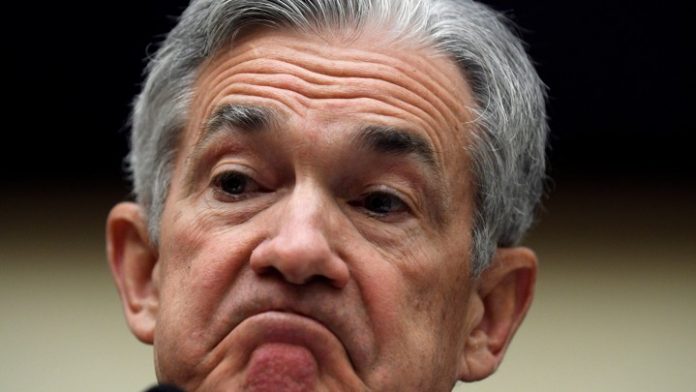Low rates and high inflation.
That’s the Fed’s plan for the rest of the year, and beyond. Fed Chairman Jerome Powell said that the central bank would adhere to a policy of “average inflation targeting” in a speech this morning.
Bulls celebrated the news with a market-wide surge.
But what does “average inflation targeting” really mean?
In essence, the Fed will let inflation run above 2%, as Powell put it, for “some time.” The exact timetable hasn’t been clarified as of yet.
But according to estimates from Bank of America analysts, it could be years, possibly a decade, before the Fed begins to actually lower inflation back to sub-2% levels.
And that’s assuming that the Fed can even get inflation to rise. Over the last few years, the Fed’s tried desperately to do so with little success. Falling energy prices and technological advances have kept a lid supply/demand inflation.
Now, a high unemployment rate from Covid-19 poses another deflationary risk.
Powell faces arguably the toughest job of any Fed Chair in history. Even before the coronavirus hit, massive rounds of stimulus and QE from his predecessors put him in a difficult position. With rates already at near-0% in the U.S. and negative in Europe, Powell didn’t have any ammunition left to prod inflation to a “healthy” 2%.
Now, he has even less.
Former Fed Chair Paul Volcker, by comparison, was able to manipulate inflation with a single shift in monetary policy. 14.8% inflation threatened the U.S. in 1980. Volcker simply “pulled a lever” in response, hiking rates as high as 21.5%.
By 1983, inflation fell below 3%. Volcker then scaled-back rates over the next few years, leading the U.S. out of inflationary hell.
It wasn’t easy, though. A recession struck from 1980-1982 as a result of the prime rate increase. Unemployment climbed to over 10%. Indebted farmers even drove their tractors through the streets of Washington D.C. in protest, as their former loans became prohibitively expensive.
But in the end, the goal was achieved. Inflation was lowered by raising rates. The economy eventually recovered from the 2-year recession.
These days, Powell has no “levers” to pull. He’s handcuffed, more or less, and can only remain in a dovish stance as well as promise more Fed stimulus.
“This is longer running than just Covid. If they had wrapped this up last year, Powell would have to signal this policy shift with rates above zero,” Jon Hill, senior fixed-income strategist at BMO, said.
“Since we’re already at zero, it means we’ll be at zero even longer and the central bank is going to be even more aggressive about trying to meet its inflation mandate. In the past, they pre-emptively hiked to get ahead of inflation pressures. What they’ve shifted to is actually waiting until they get sustained inflation.”
Back in 2018, Powell attempted to raise rates. The market recoiled in horror as he did so, and economic activity slowed to a crawl. Analysts were predicting a recession in 2019 because of it.
Powell then lowered rates several weeks later, leading to a major post-Christmas bull run.
After growing fat on a glut of QE, stimulus, and rock-bottom rates, the U.S. economy seems to have no stomach for quantitative tightening (QT) via the raising of rates. Powell says the Fed will keep rates low until inflation rises.
The truth is, rates can’t go up without some sort of massive market and economic upheaval, which is something Powell’s successor will ultimately be forced to deal with when he’s done.
Further “kicking the can” down the fiscal road.









